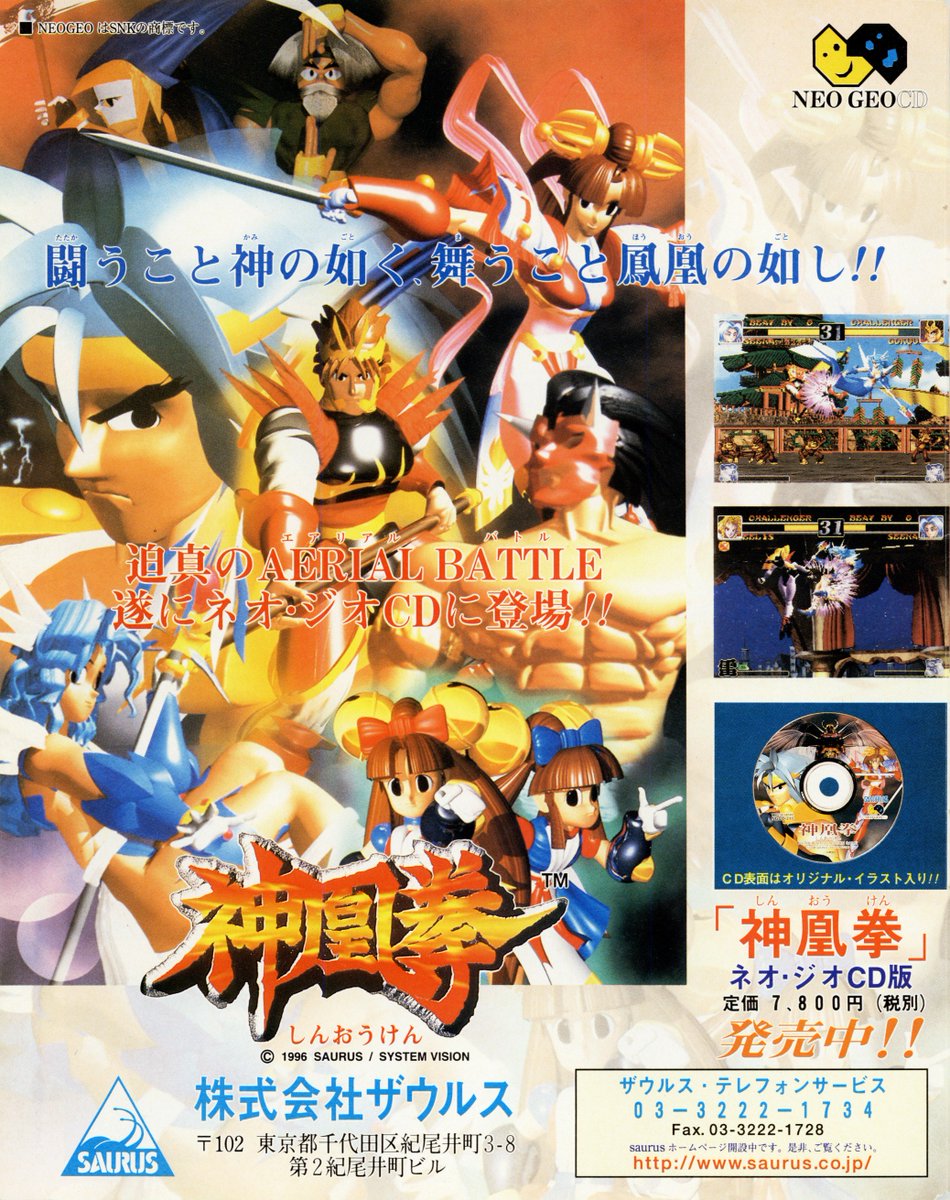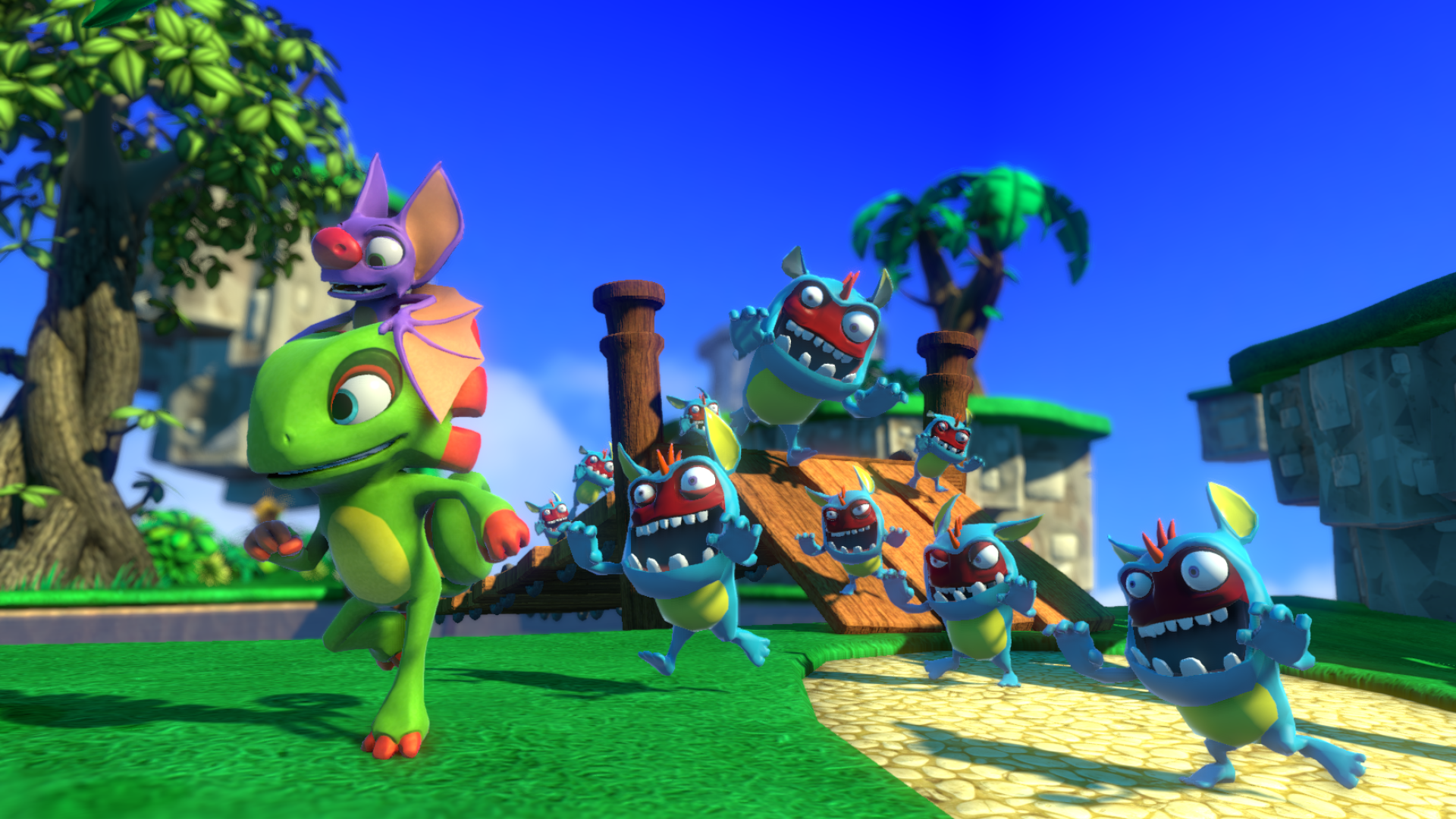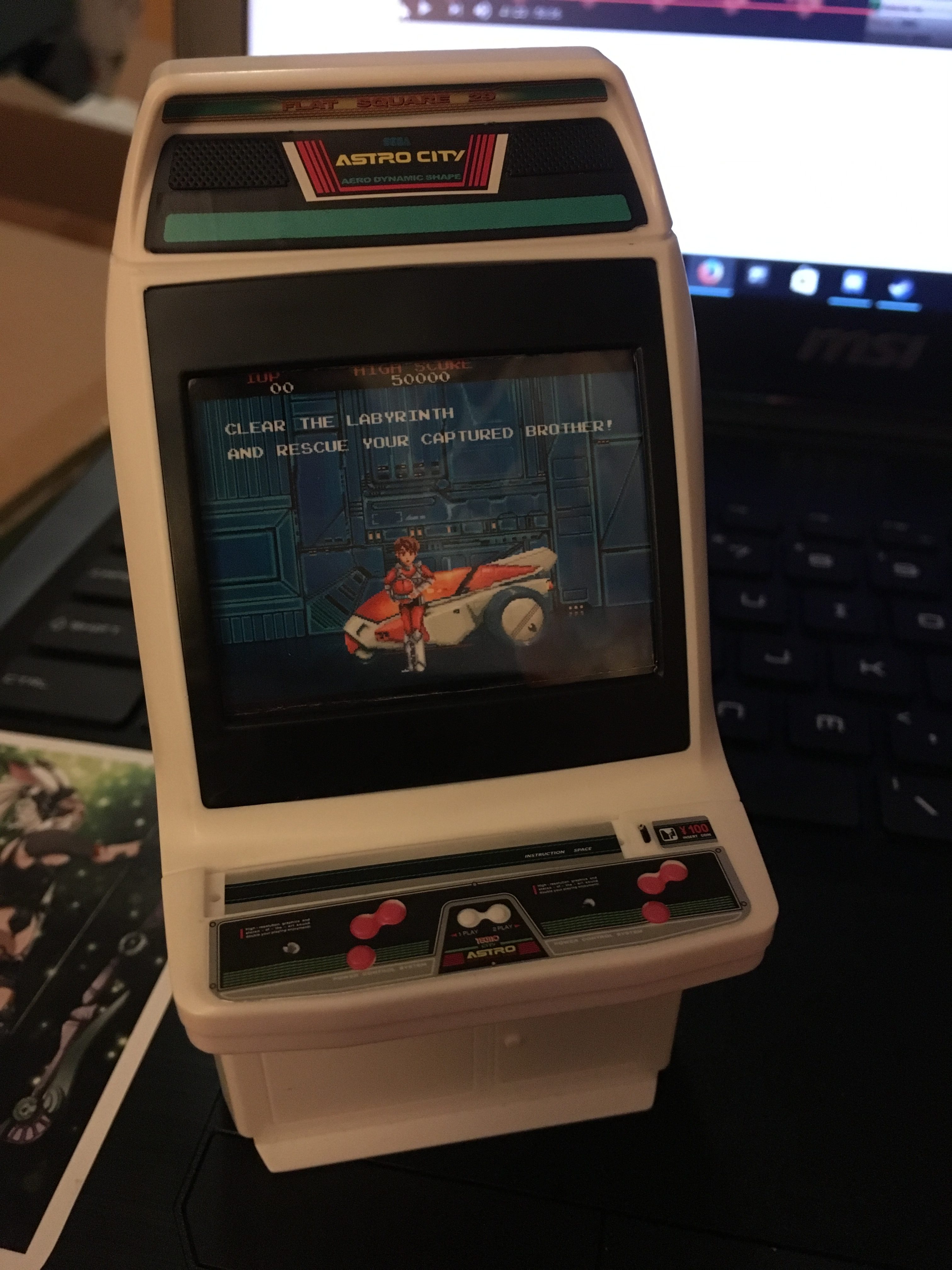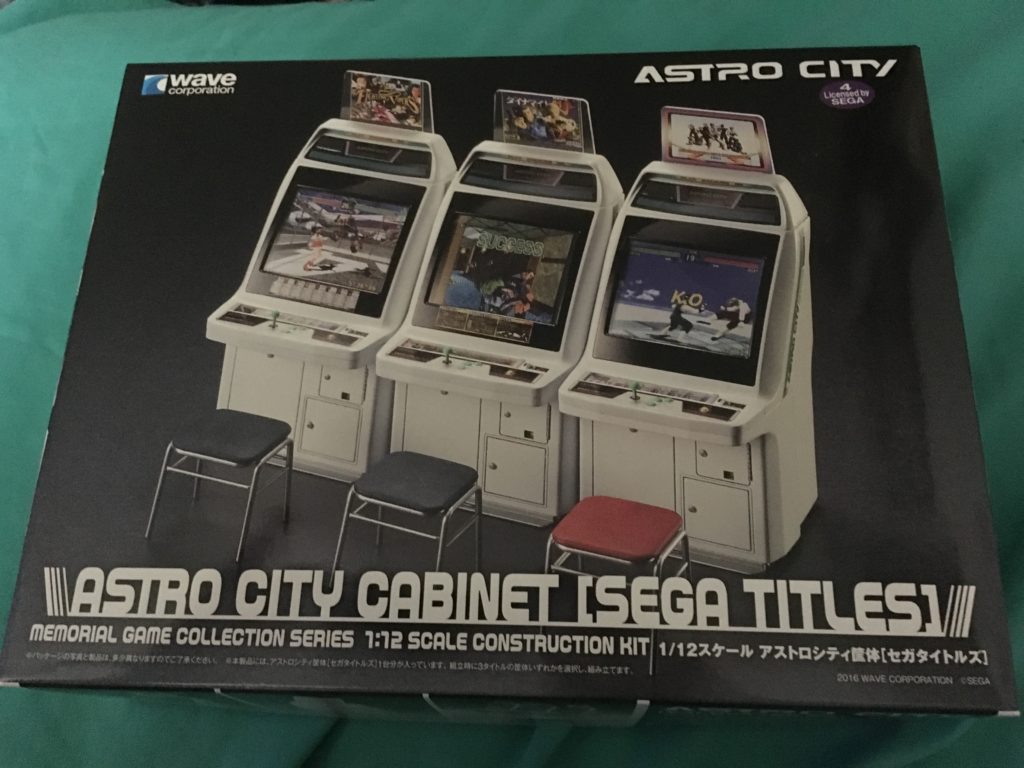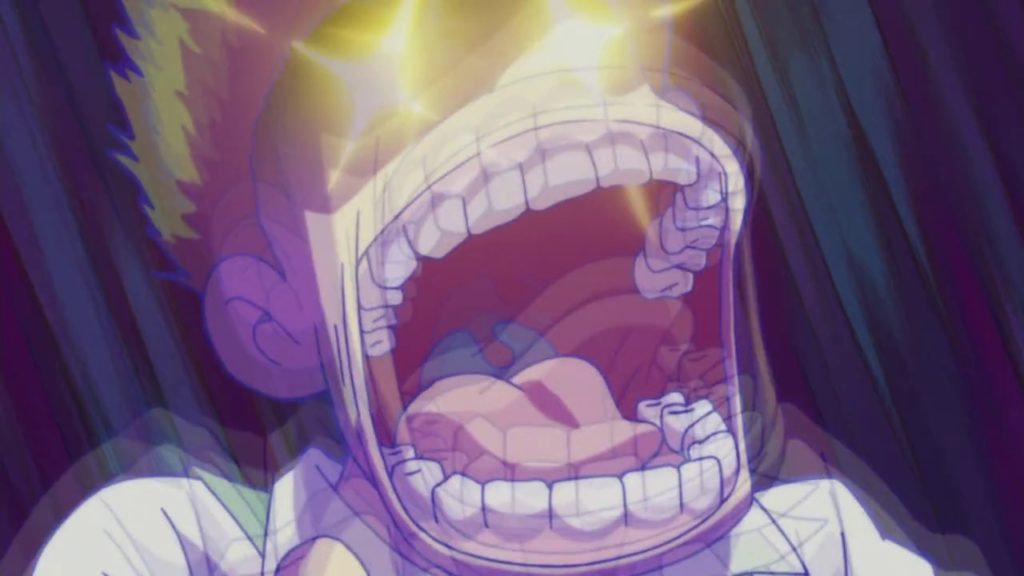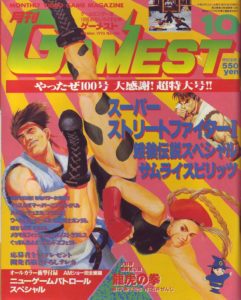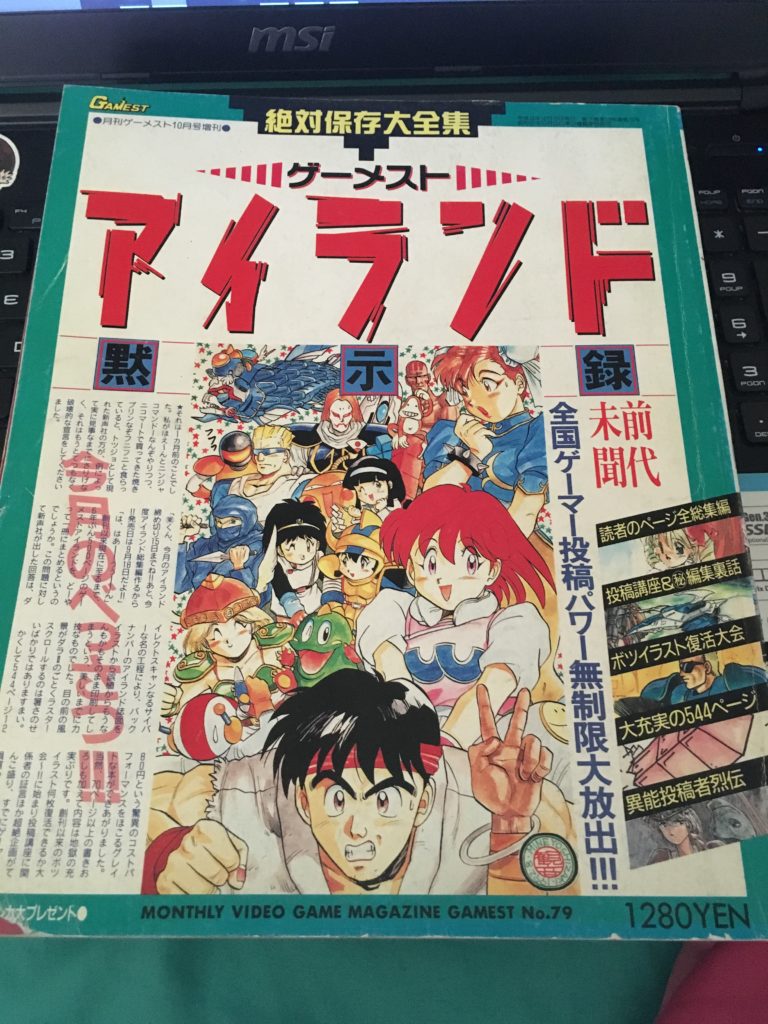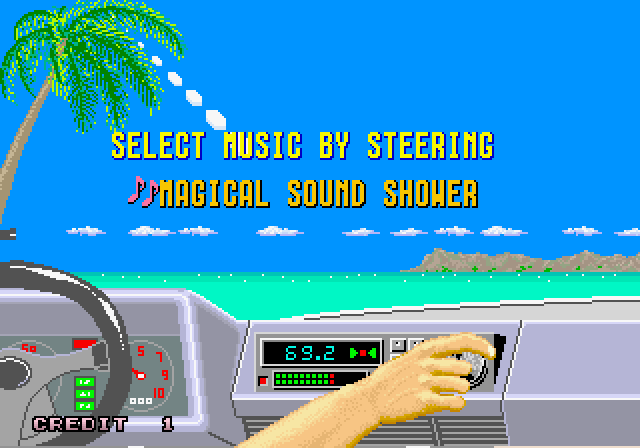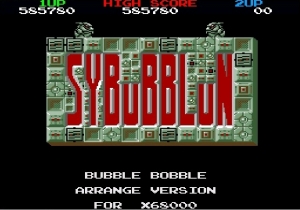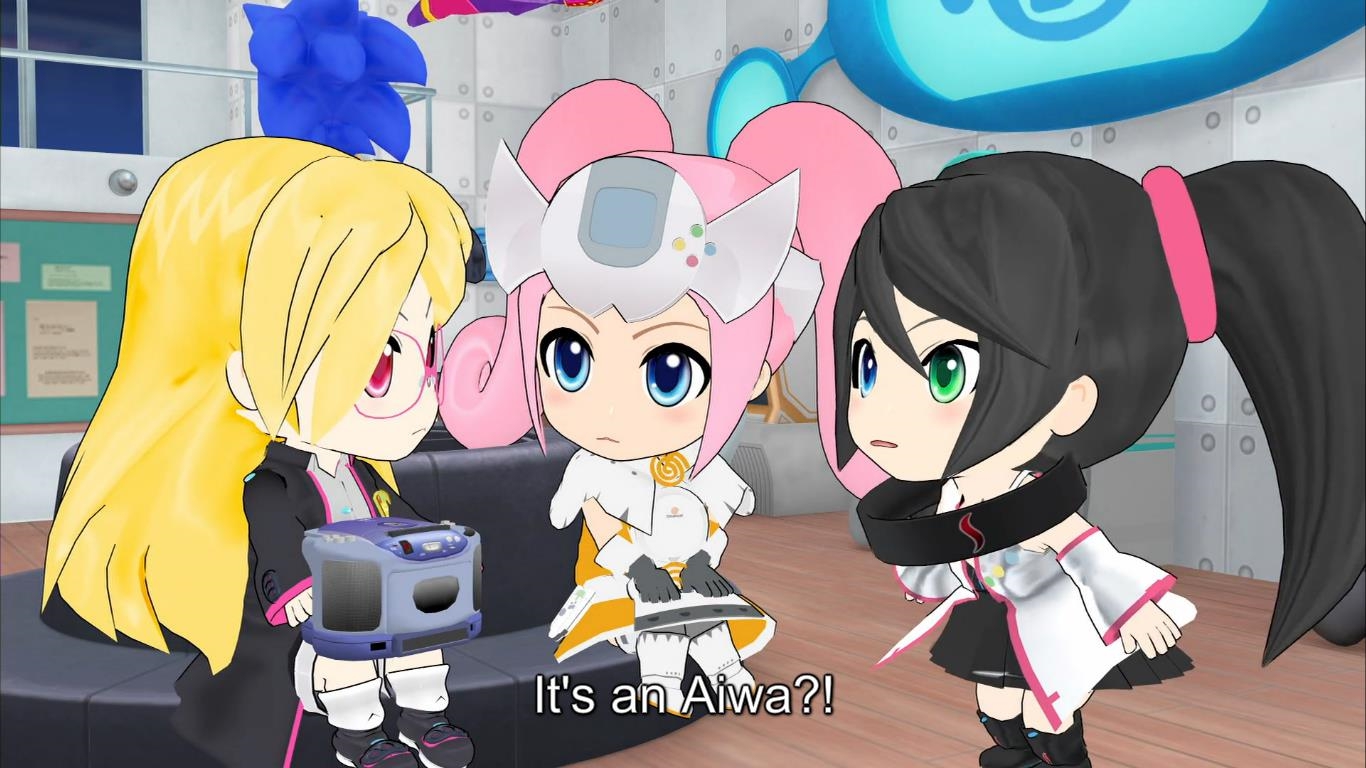I don’t know why, but I’ve always been strangely fascinated by Ragnagard. It feels like such an anomaly in the Neo Geo’s massive library of fighting games on numerous levels: the CG visuals, the slow-feeling gameplay, the focus on aerial combos. It’s the sort of game that I’ve felt a compulsion to research, to figure out just how it came into being.
I’m the sort of person who will delve into weird internet rabbit holes over the course of researching stuff and pursuing information, and sometimes that yields incredibly interesting results. One day, when I was out looking for things related to Ragnagard on Japanese sites, I came across a page that had a gorgeous illustration of the game’s main female lead, Benten. But that’s not all that was there: alongside it were numerous anecdotes written by someone who was clearly heavily involved in the game’s development. It turned out this site was run by one Powerudon, an accomplished artist in the game industry who had been one of the driving forces behind Ragnagard’s development.
Looking around his site yielded more interesting tidbits of info, particularly related to a Super Famicom fighting game called The Battle Master. It hadn’t hit me that this and Ragnagard were done by the same developer, as they have a dramatically different feel, but Powerudon had laid out a lot of details about the mechanics and development of these titles on their site — alongside some incredible artwork
I knew I had to talk with Powerudon. One of the reasons I created gaming.moe is to preserve elements of gaming history that might otherwise be lost to time, particularly the words and memories of the people behind games both well-known and obscure. I reached out to Powerudon for an interview, and he agreed, so I emailed him a batch of questions.
A while later, he sent me a massive text file containing replies to all of the questions I had sent. I had asked him to go into as much detail as possible, and he did just that — for which I’m extremely grateful, because he has some really interesting anecdotes and thoughts on game development. So sit back, grab a drink, and enjoy a lengthy interview about System Vision, Battle Master, Ragnagard, and the tumultuous environment of game development in the early/mid-90s.
Special thanks to Tom James and Jason Moses for translation assistance!
